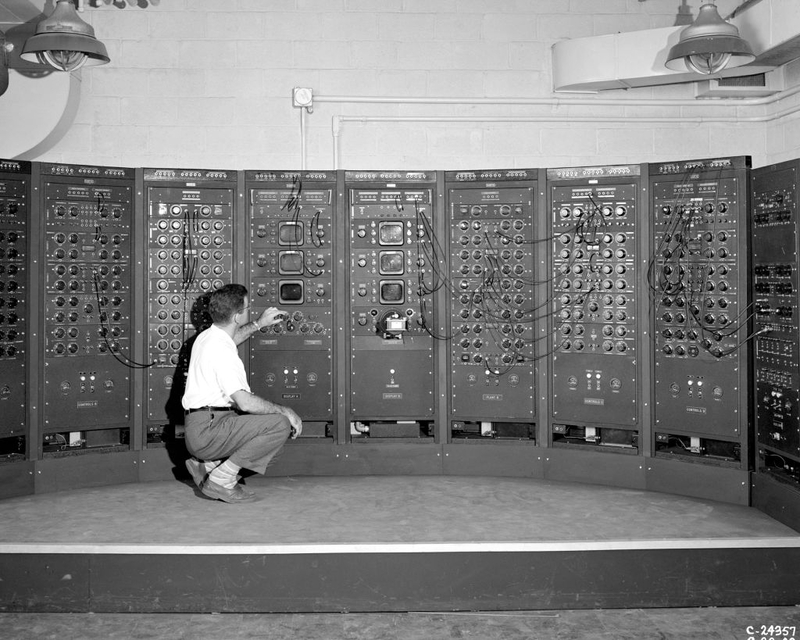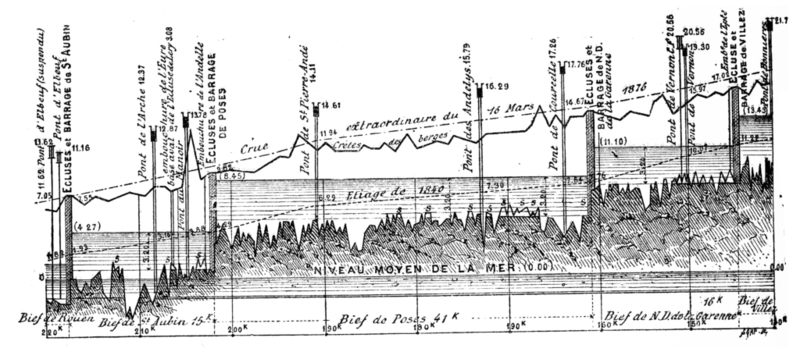
Lukyanov noticed that the rules of water flow are pretty similar to those of heat distribution. Lukyanov reasoned that by creating a computer based on water, he could see the unseen thermal process. It was Lukyanov’s “water integrator” that he invented in 1936. It was the only computer capable of solving PDEs.
Lukyanov’s water integrator was outstanding. It was roughly the size of a closet and was made out of pipes and pumps. To illustrate mathematical procedures, the water levels in separate compartments were compared. The result was elegantly graphed.

Early water integrators were rudimentary, constructed of roofing iron, sheet metal, and glass tubes, and solely utilized for heat engineering calculations. Newer models may address more complex issues, significantly expanding their usefulness. In the 1950s, an integrator was constructed in which pieces could be removed and rearranged to suit the task at hand. The water integrator was so widely used that it was mass-manufactured in Soviet labs and educational institutions. They were used to tackle problems in Central Asia’s sands and permafrost, as well as to conduct studies on the Antarctic ice sheet’s temperature regime.
Despite the advent of electronic computers, Lukyanov’s water integrator lasted a long time. Water integrator skills were only old-fashioned in the 1980s with the advent of smaller, faster digital computers. Only two Lukyanov water integrators remain now, both at Moscow’s Polytechnic Museum.